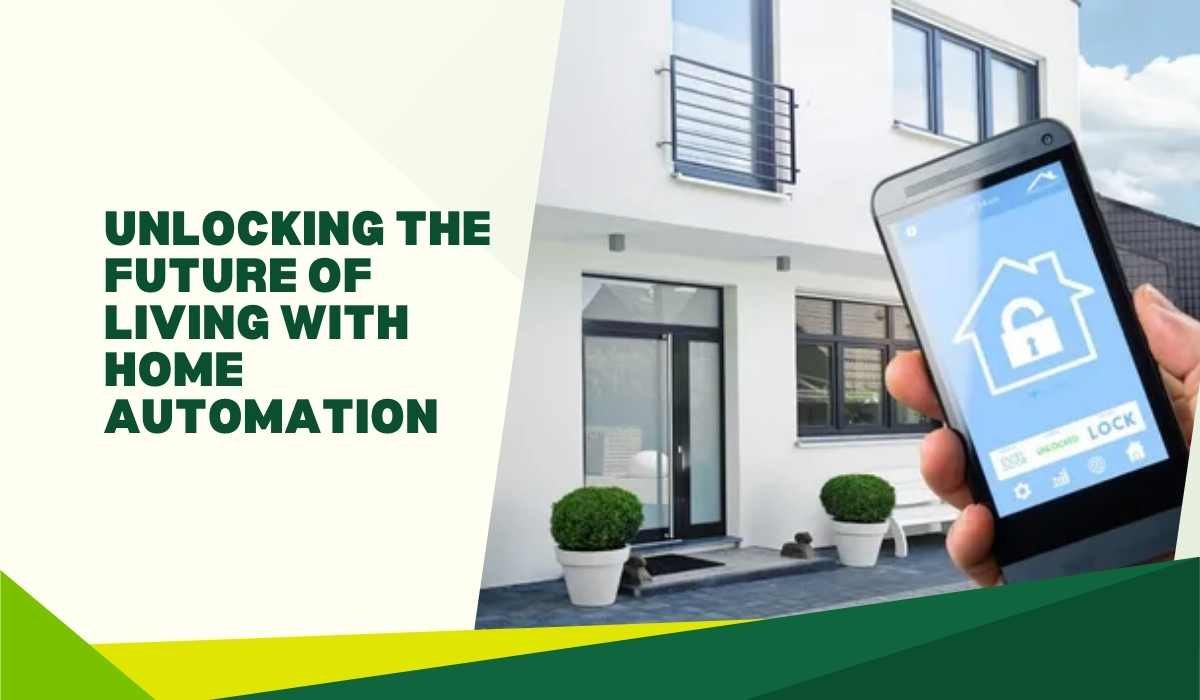Home automation has transformed the way people interact with their living spaces. From voice-controlled lights to advanced security systems, it combines technology and convenience to create smarter homes. But why is home automation company in Saudi gaining such immense popularity, and how can it solve everyday challenges? Let’s explore the world of smart living and understand its impact on modern lifestyles.
Why Home Automation Matters
The fast-paced life we live demands solutions that save time, enhance security, and improve convenience. Imagine controlling your home’s lighting, temperature, and security cameras with a simple tap on your phone or a voice command. Home automation offers this and much more, making it an indispensable part of modern living.
Some of the key pain points home automation addresses include:
- Managing energy consumption to reduce bills.
- Enhancing safety through smart locks and surveillance systems.
- Simplifying daily routines with automated schedules.
The Building Blocks of a Smart Home
Home automation isn’t a one-size-fits-all solution. It involves integrating various technologies to meet individual needs. Here are the primary components:
1. Smart Lighting
Gone are the days of manual switches. Smart lighting allows you to:
- Adjust brightness levels.
- Schedule lights to turn on/off automatically.
- Control settings via mobile apps or voice assistants.
2. Smart Thermostats
Temperature control becomes effortless with these devices. They learn your preferences and adjust heating or cooling accordingly, ensuring comfort while saving energy.
3. Security Systems
A home’s safety is a top priority. Advanced systems include:
- Doorbell cameras to monitor visitors.
- Motion detectors and alarms to deter intruders.
- Real-time notifications on your phone for added peace of mind.
4. Entertainment Systems
Control your TV, speakers, and streaming services with a single remote or voice command, creating a seamless entertainment experience.

How Home Automation Solves Daily Challenges
Saving Energy and Reducing Waste
One of the biggest benefits of automation is its impact on energy efficiency. Smart thermostats, for instance, adapt to your routine, ensuring that energy isn’t wasted when no one’s home. Similarly, smart lights can turn off automatically when a room is empty.
Enhancing Safety and Security
With smart cameras and motion sensors, you can keep an eye on your home from anywhere. Alerts notify you of suspicious activity, and remote access lets you lock/unlock doors as needed. This is especially useful for families with children or elderly members.
Simplifying Life
Home automation removes the hassle of mundane tasks. Forgot to turn off the lights? Your smart assistant has you covered. Want your coffee ready before you wake up? Automate your coffee machine to start brewing on schedule.
Smart Devices vs. Traditional Systems
| Feature | Smart Devices | Traditional Systems |
| Control | Mobile apps/voice assistants | Manual switches/remotes |
| Energy Efficiency | High (automated scheduling) | Low (constant usage) |
| Security Features | Real-time alerts, remote access | Basic locks, limited monitoring |
| Customization | Extensive | Minimal |
| Cost Savings (long-term) | Significant | Limited |
The Steps to Setting Up Home Automation
Step 1: Assess Your Needs
Every home is unique. Begin by identifying the areas where automation would make the biggest impact. Focus on daily routines and specific pain points.
Step 2: Choose the Right Devices
With countless options available, it’s essential to select devices compatible with your home’s setup. Look for products that integrate well with each other for seamless performance.
Step 3: Hire Professionals or DIY
While some systems are plug-and-play, others may require professional installation. Decide whether you’ll take the DIY route or rely on experts to ensure everything runs smoothly.
Step 4: Test and Optimize
After installation, test each system to ensure it functions as intended. Use trial and error to optimize schedules and settings for maximum efficiency.
Myths About Home Automation
1. It’s Complicated
Many believe home automation is difficult to use. However, most devices come with user-friendly interfaces and step-by-step guides.
2. It’s Expensive
While there’s an initial investment, the long-term savings on energy bills and convenience outweigh the costs.
3. It’s Unnecessary
Automation might seem like a luxury, but its practical benefits—like enhanced safety and time savings—make it a worthy addition to any home.

Common Home Automation Solutions
| Solution | Example Devices | Benefits |
| Smart Lighting | Philips Hue, LIFX | Energy savings, convenience |
| Smart Thermostats | Nest, Ecobee | Comfort, cost reduction |
| Security Systems | Ring, Arlo | Peace of mind, remote access |
| Entertainment Systems | Sonos, Amazon Fire TV | Seamless entertainment |
| Smart Appliances | Samsung Smart Fridge, Roomba | Simplifies household chores |
How Home Automation Impacts Modern Living
The shift towards automation reflects a broader trend of integrating technology into daily life. By combining convenience with innovation, it enhances the quality of living in several ways:
- Promoting Sustainable Living: Energy-efficient systems help reduce your carbon footprint.
- Supporting Accessibility: Voice-controlled systems benefit people with disabilities, making homes more inclusive.
- Improving Home Value: Properties equipped with automation systems often have higher market value due to increased demand.
Conclusion
Home automation isn’t just about gadgets and apps—it’s about creating a lifestyle that prioritizes comfort, safety, and efficiency. Whether you’re looking to simplify daily tasks, save on energy bills, or enhance your home’s security, automation provides solutions that fit every need.
If you’re ready to transform your living space, start by exploring your options and take the first step toward a smarter, more connected home.
For More Insightful Articles Related To This Topic, Feel Free To Visit: empireadda.



